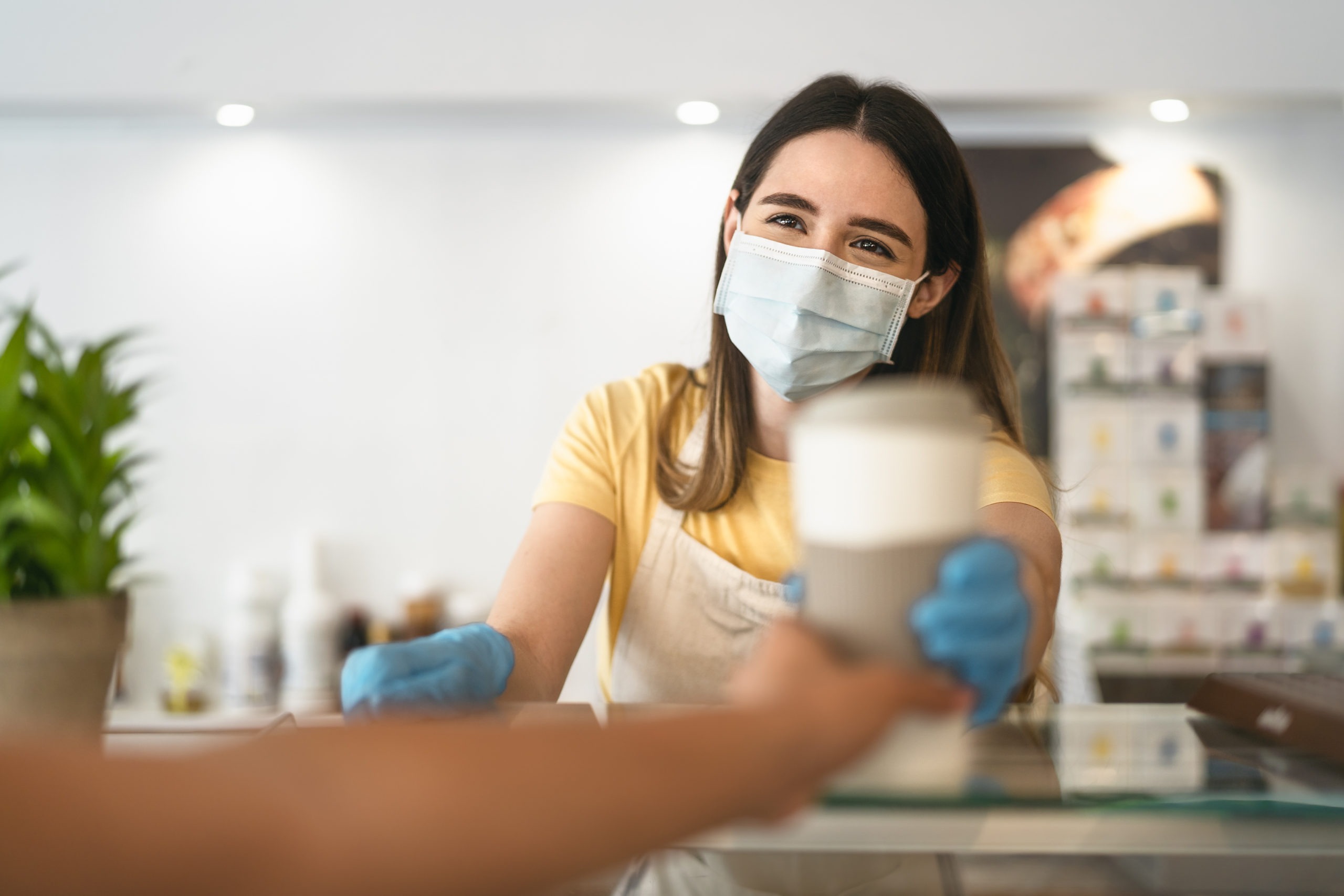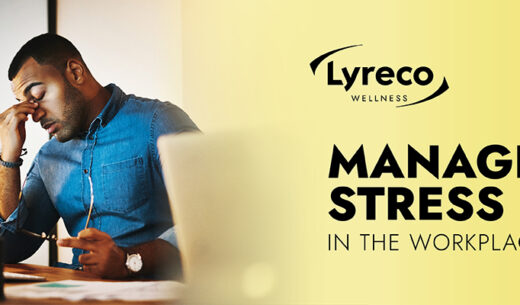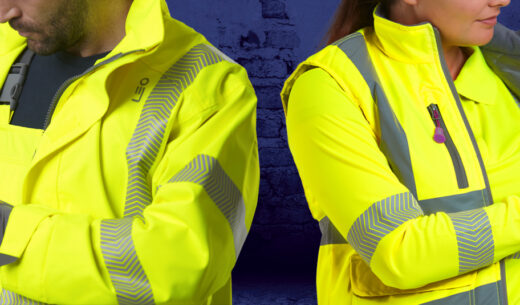Returning to the hospitality sector: What you need to know
Food, drink and hospitality sectors are beginning to reopen – a move I’m sure we are all excited for. As you welcome your customers back, it’s important to make sure you’ve taken the essential steps to securing the safety of your employees, customers and your business.
RISK ASSESSMENT
Moving forward, it will be legal requirement for COVID-19 to be taken into consideration in any risk assessments and failure to do so could constitute a breach of health and safety law*. With all these changes, when there are so many elements to be taken into consideration, where do you start? The first step should always be to consult your teams; they will have a better understanding of the pain points in the venue and where the biggest risks will occur when preparing food, serving and managing customers.
Social Distancing rules are being relaxed where necessary from 2m down to 1m plus. Where possible, 2m is still highly recommended . Customers may feel safer returning if they can clearly see that the 2m distancing rule is adhered to in the venue, so ensure that this is clearly marked throughout. As the food and drink industry is opening up, customers can now be hosted in enclosed spaces, but there are restrictions; all food service will be limited to table-service only. Guidance also encourages minimal staff and customer contact and hygiene should be made a top priority for customers and staff alike.
KEEPING CUSTOMERS SAFE
Service of food & drink at the venue
There are a few simple ways you can reduce risk and keep customers and staff safe during service.
It’s important to communicate the steps you are taking to protect your customers ahead of their visit. This will help put their minds and ease and help them relax and enjoy the experience.
Analyse and reconfigure indoor and outdoor spaces to allow for 2m distancing between customers and also between the tables, please take into consideration that this may reduce the capacity and reduce booking slots accordingly.
Ensure you update your booking-in process to avoid overcrowding and queuing. You will need to collect contact details from your customers in case of a COVID-19 outbreak involving your venue. Consider how you will do this and if it can be a touch free process. How will you communicate this process to your customers?
You’ll also need to limit the number of guests to:
- A group of people from up to 2 households in an indoor space
- A group of no more than 6 people from any number of households in an outdoor space
- It is against the law for a gathering of more than 30 people (except in limited circumstances outlined by law)
Place signage around the venue to remind customers and staff of Government guidelines on social distancing and handwashing, as well as reminding them during the booking in process. Place hand sanitising stations at the entrances, exits and by any touch points the staff may encounter (i.e food collection points).
Provide single use condiments, straws and cutlery where possible to avoid cross contamination. Use recycled, recyclable or compostable options to ensure your business remains environmentally responsible and make sure you have the appropriate touch free recycling and food bins in place before you reopen. Single use paper menus are also preferable, and only ever used by one table.
Ensure you have Perspex screens installed in areas where face to face interactions are more likely, such as pay points or bars. However, utilise contactless ordering (via an app or similar) and take only contactless payments where possible.
You can also take steps to reduce the amount of customer movement around the venue. Deliver and collect all food and drinks and take payments at the table. Minimising contact between kitchen staff and front of house staff will also reduce cross contamination.
CLEANING THE WORKPLACE
Hygiene has always been of the upmost importance in catering environments, but now more than ever, using the right products in the right way is vital. We recommend the COVID Guard cleaner/sanitiser, which is EN 14476-2013 certified, meaning it is proven to be effective at killing bacteria and all known coronaviruses, including COVID-19. It’s suitable for food contact surfaces, making it the ideal cleaner in kitchen and food service environments.
Clean all spaces according to government guidance* and increase the frequency of cleaning of objects and surfaces that are touched frequently; such as counters, handles and cooking equipment. Keep doors open where possible to reduce touch points and increase ventilation. Where possible, you should reconfigure working practises to ensure a 2m distance between employees. Ensure all bins are touch free and any masks and gloves are disposed of correctly into medical waste bags.
Inbound and outbound goods
You may need to revise pick up and drop off points, procedures and signage in line with social distancing guidelines. Reduce the frequency of deliveries and try and use non-contact methods where possible. Try and use a single member of staff to unload and load, but if you must use two, aim to use the same pairs to keep cross contamination to a minimum.
Communication and training
Regardless of if staff are working or furloughed; clear, consistent and regular communication is key. Keep all staff up to date with any changes to operations and prepare them to return to work, this might include updated training in line with new procedures. Also, keep in mind the importance of mental health at this time, your employees may be nervous about returning to work, so steps should be taken to keep open communications to help alleviate concerns.
Although the new way of working will be a challenge initially, it is for the benefit of all customers and employees going forward. There are a multitude of products on the market to support the changes you must make; from freestanding sanitisation points to compostable single use cutlery options.
If you require extra support in your planned return, we can help. We’ve created a free Business Planning toolkit, to support you in exploring the important questions you will need to ask yourself when planning and improving your return to work. With advice on employee planning, hygiene practises and social distancing; we help you tick off the important steps to keep your business safe.
For more information on COVID19 products, visit here
*For more information on the government guidelines around venues service food and drink, or providing takeaways, visit here.









